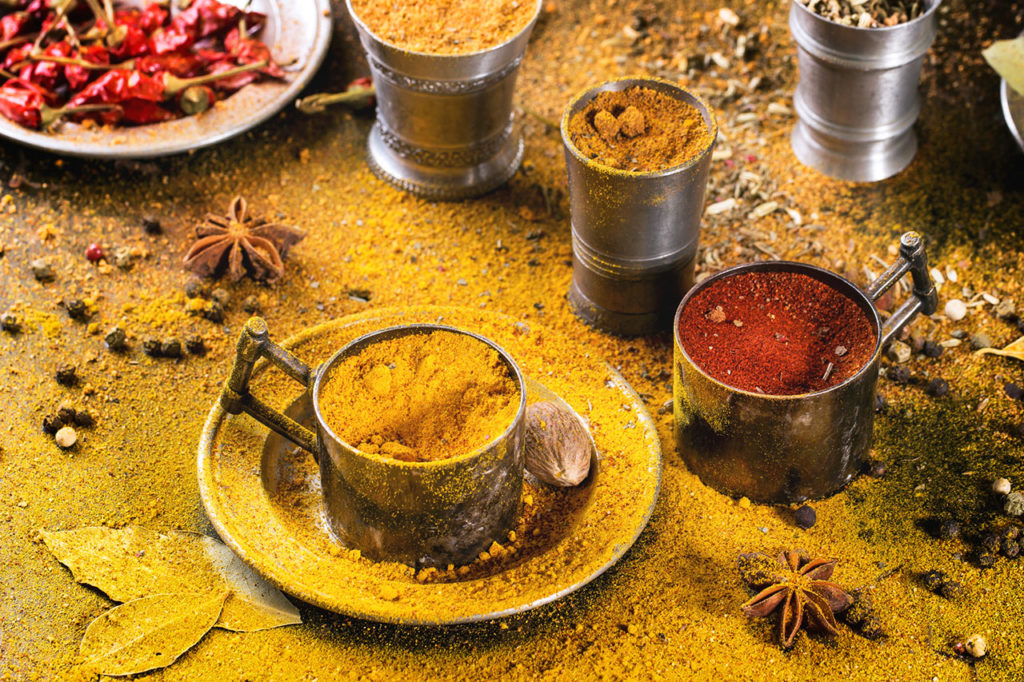
Yes, you read that right. Should turmeric replace your salt at the table? If you aren’t quite ready to go that far, how about adding turmeric to the big two spices we all have as staples, salt and pepper?
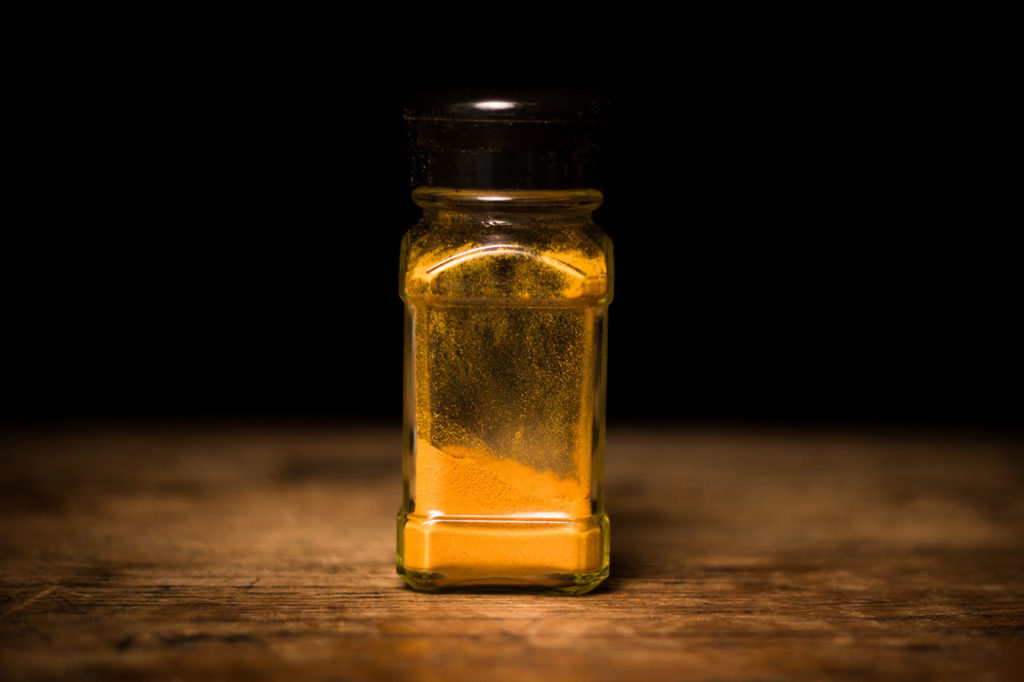
Personally, I like salt and I don’t have any issues with high blood pressure, so turmeric has joined the salt and pepper shakers on my kitchen counter. I add it to almost everything I cook. There is not much taste and if you work in a little at a time, you won’t even notice it is there after a while.
Turmeric is probably under more scientific scrutiny than any other spice in the U.S. and around the world. There is also no spice offering more promise today for better health than turmeric.
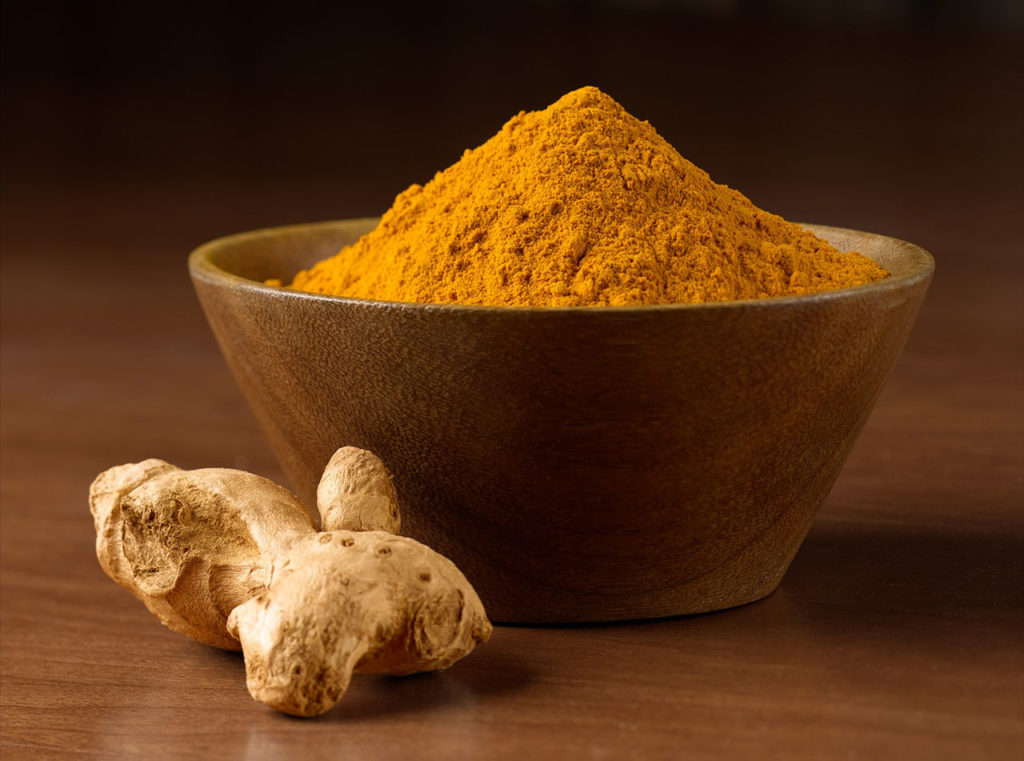
“If I had only one single herb to depend upon for all possible health and dietary needs, I would choose the Indian spice turmeric. It is a spice that everyone should get to know and live with.” Those are really strong and confident words from one of my Ayurvedic mentors, Dr. David Frawley, founder and director of the American Institute for Vedic Studies in Santa Fe, New Mexico.
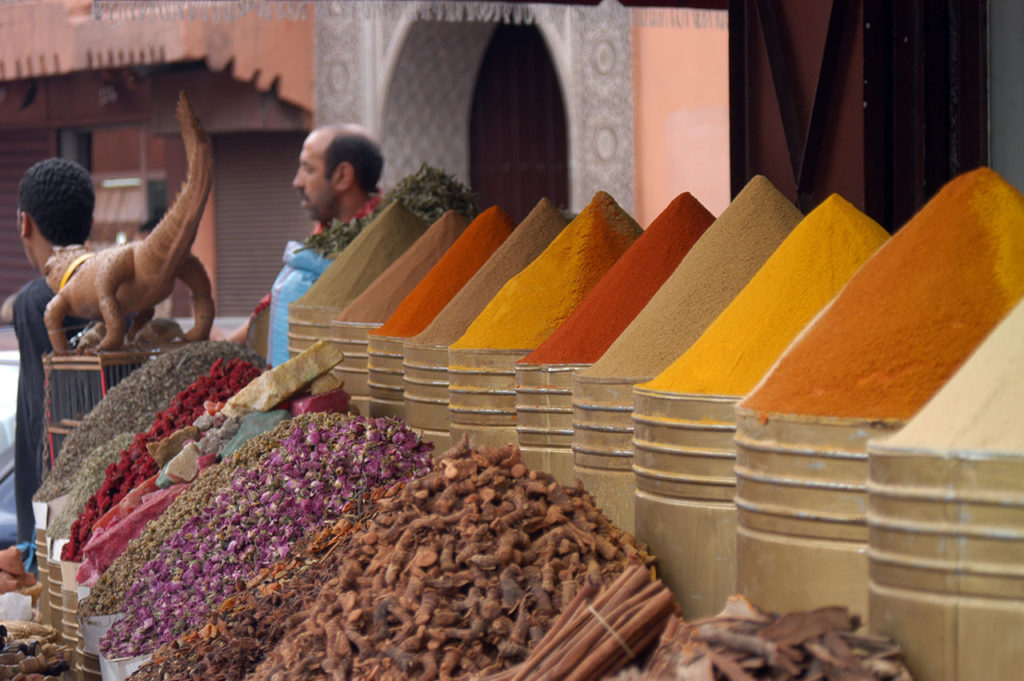
If that doesn’t convince you to keep reading, maybe this will. The University Of Texas M.D. Anderson Cancer Center has compared curcumin, the major ingredient in turmeric, to anti-inflammatory and pain-killing medications, and to cancer drugs, testing those agents for their effectiveness in reducing inflammation and stopping the proliferation of cancer cells. Curcumin proved to be more effective than over the counter aspirin and ibuprofen at reducing inflammation and as effective as the more powerful prescription drug, Celebrex. Amazingly, turmeric has also proven to be as effective at stopping the spread and recurrence of breast cancer as Tamoxifen, a drug widely used to stop the spread and recurrence of breast cancer.
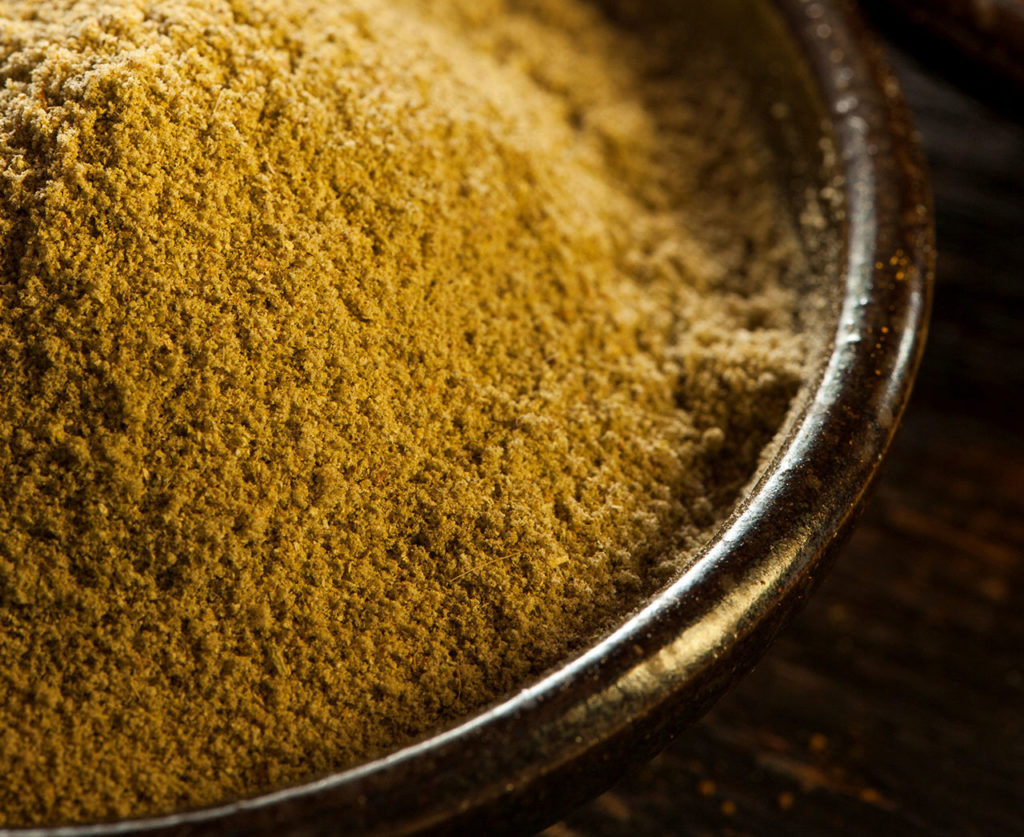
What is it about turmeric that gives it its claim to such fame? The answer is Curcumin. Curcumin is a compound rich in antioxidant and anti-inflammatory, anti-tumor, antibacterial, and anti-viral actions. It has been shown to protect and improve the health of virtually every organ in the body. To date, thousands of animal and human studies from around the world have found that curcumin can combat more than 70 diseases, including some of the biggest health threats, such as cancer, heart disease, type 2 diabetes, allergies, arthritis and Alzheimer’s disease. And the list just keeps on growing.
In fact turmeric may help prevent and/or treat:
•Allergies
•Alzheimer’s disease
•Arthritis, osteo-and rheumatoid
•Asthma
•Blemishes
•Cancer
•Cholesterol problems (high LDL cholesterol “bad” and low HDL cholesterol “good”)
•Colitis (inflammation of the bowels)
•Cystic fibrosis
•Depression
•Dermatitis, contact
•Diabetes, type 2
•Eczema (atopic dermatitis)
•Eye infection,
•Flatulence
•Gallbladder disease
•Gout
•Gum disease
•Heart disease
•High blood pressure
•Itching
•Liver disease
•Overweight
•Parkinson’s disease
•Pollution side effects
•Psoriasis
•Rash
•Scleroderma
•Stroke
•Wounds
General pain as well as age-related macular degeneration are also part of this long list.
Don’t let the words “may help prevent and /or treat” throw you. Even prescription drug advertisements state their claims in the same manner; they “may” help you.
International research shows that turmeric, taken as a supplement, is as effective and, in some cases, even more effective than pharmaceutical drugs-without their side effects. (From Healing Spices, Bharat B. Aggarwal, PHD)
Fun Fact: In 1995, a U.S. patent on turmeric was awarded to the University of Mississippi Medical Center, specifically for the “use of turmeric in wound healing.”
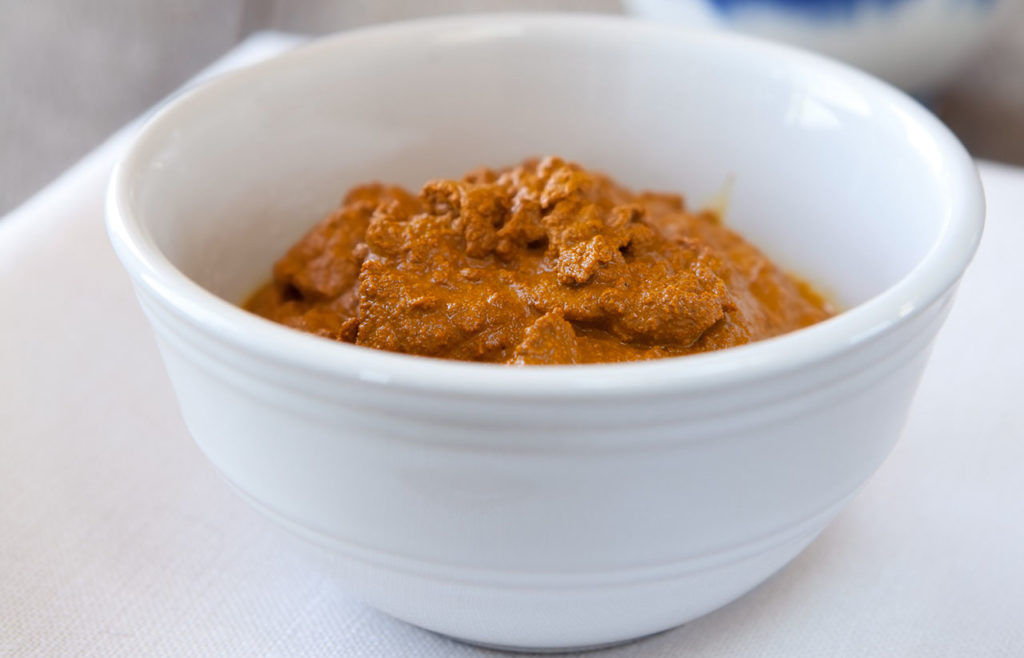
(the picture above is a paste made from turmeric which can be used for healing wounds) This patent also granted them the exclusive right to sell and distribute turmeric. Two years later, an Indian government organization, The Council of Scientific and Industrial Research, filed a complaint on the grounds of piracy. They argued that this usage has been documented and been in practice for thousands of years in India. The patent was subsequently removed as it was proven to be anti-competitive.
What is turmeric?
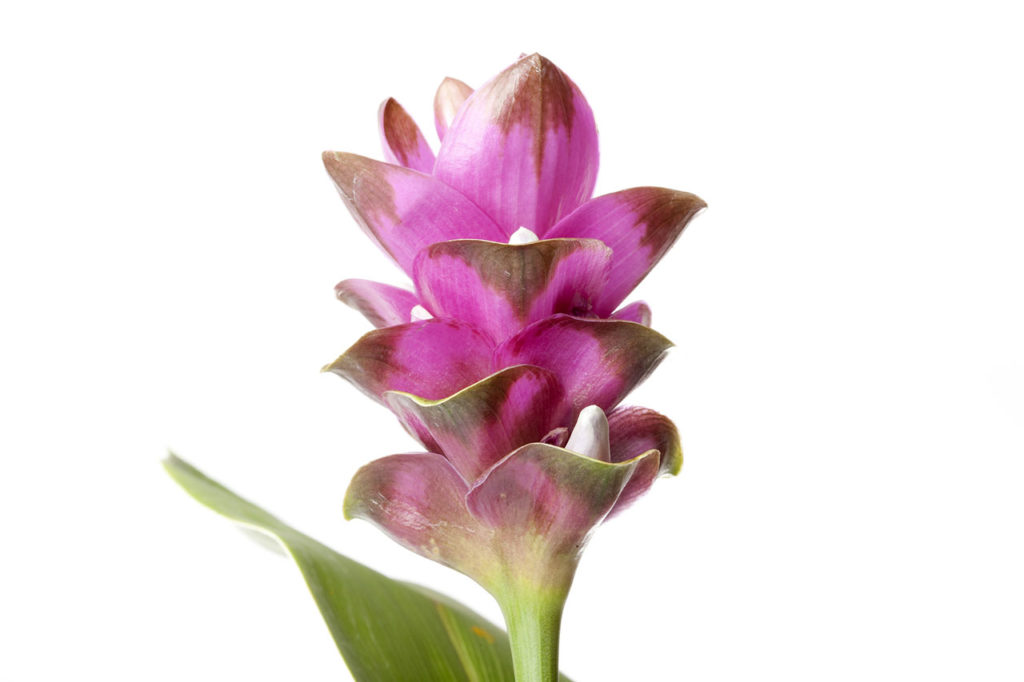
Turmeric, known as haldi, has been used in India for thousands of years and is a major part of Siddha medicine. Siddha medicine is usually considered the oldest medical system known to mankind. Contemporary Tamil literature holds that the system of Siddha medicine originated in Southern India, in the state of Tamil Nadu, as part of the trio Indian medicines – Ayurveda, Siddha and Unani. Siddha is reported to have surfaced more than 10,000 years ago. Turmeric was first used as a dye and then later for its medicinal properties.
Turmeric the plant
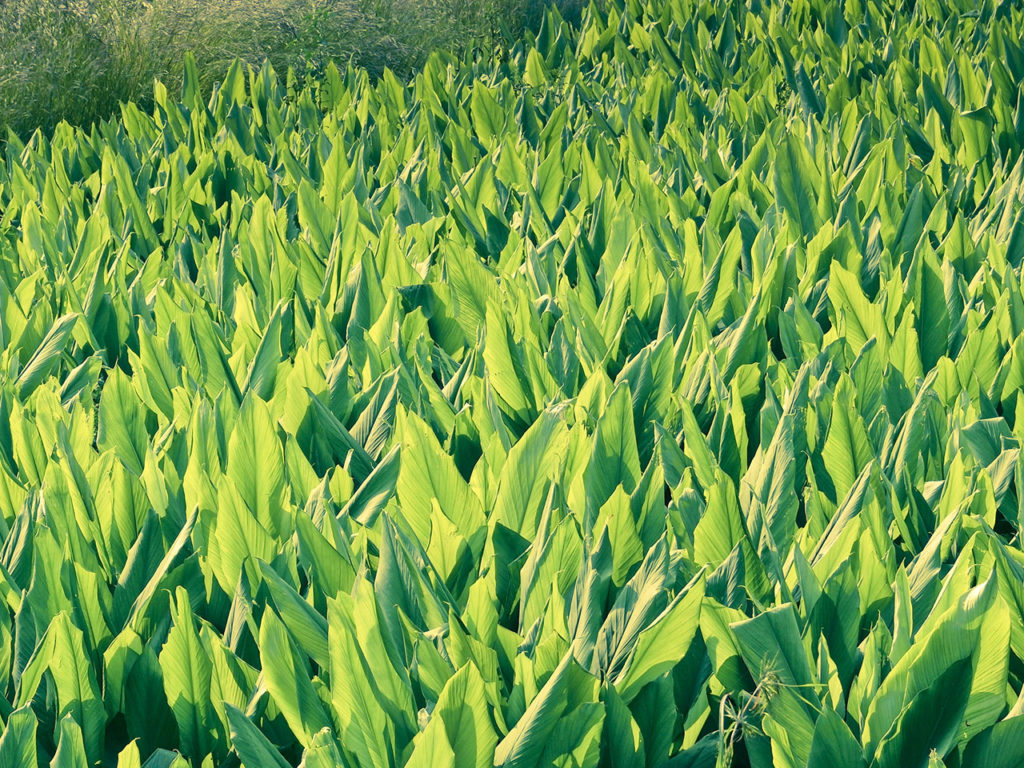
Above is a picture of a turmeric field. Turmeric is a perennial herbaceous plant, which grows up to a little over 3 feet tall. Turmeric (Curcuma longa) is a rhizome (underground stem) of a tropical perennial plant in the ginger family, Zingiberaceae. (Read more about ginger at:http://www.thebalancedyogi.com/easyblog/entry/ginger). It is native in southeast India and needs temperatures between 20° C and 30° C (68-86° F) and a considerable amount of annual rainfall to thrive. Turmeric also grows wild in the forests. Here is a picture of wild turmeric from Southeast Asia.
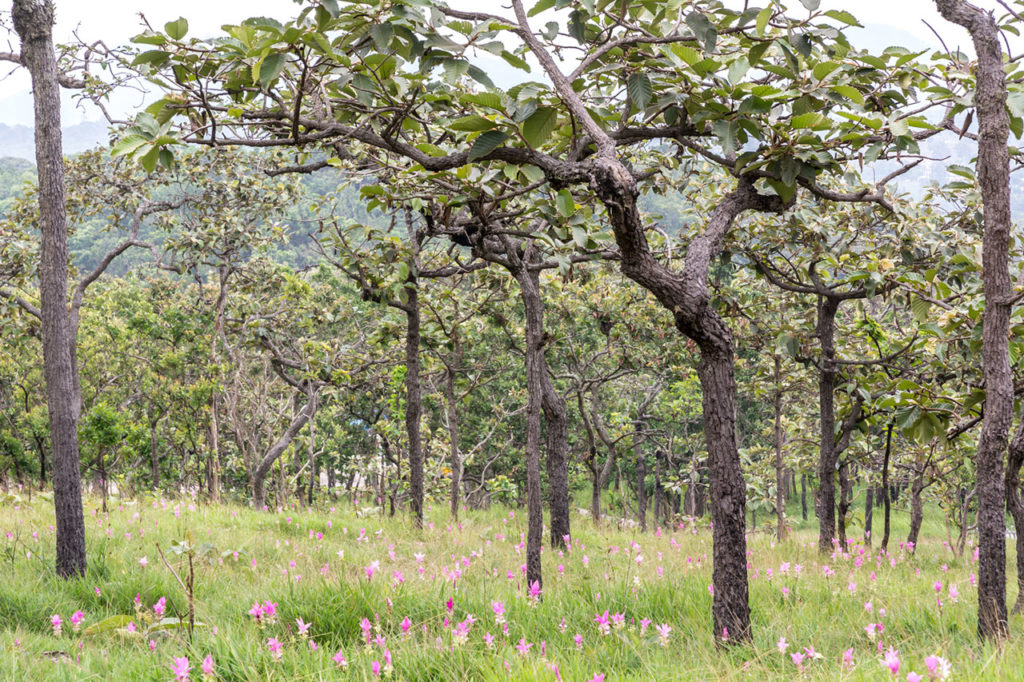
Plants are gathered annually for their rhizomes, and propagated from some of those rhizomes in the following season. I just love this picture as you can see the rhizomes in and amongst the roots.
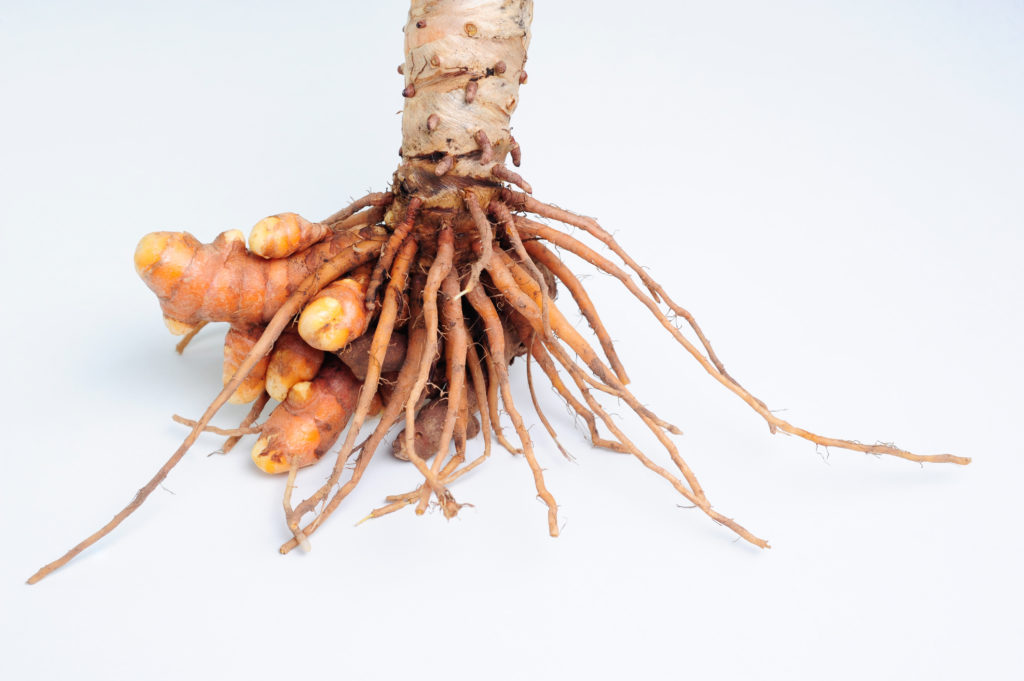
When not used fresh, the rhizomes are boiled for about 30-45 minutes, peeled, sun-dried (or dried in hot ovens) and ground into a bright yellow-orange powder. Ground turmeric has a warm, peppery aroma-reminiscent of ginger-and a strong, bitter taste, which mellows upon cooking. Sometimes turmeric is used as a substitute for saffron due to the similar color it imparts; however, the taste is quite different. (From My Indian Kitchen, Hari Nayak)
Why it works

Turmeric includes curcumin (diferuloylmethane), demethoxycurcumin, and bisdemethoxy curcumin, but the most important chemical components of turmeric are a group of compounds called curcuminoids. The best studied compound is curcumin, which constitutes 3.14% (on average) of powdered turmeric. In addition there are other important volatile oils such as turmerone, atlantone, and zingiberene. Some general constituents are sugars, proteins, and resins.
Turmeric is considered a superstar foremost because of its antioxidant qualities which bring with it powerful anti-inflammatory abilities. Oxidation occurs when molecules that are missing an electron from their outer ring or sheath steal an electron from other molecules, creating oxidative damage, or oxidative stress.
Oxidation occurs due to such factors as sunlight, pollution, a high fat diet, and even aging itself. The oxidative stress they cause in turn leads to chronic low grade inflammation which is similar to immune triggered redness, heat and swelling that accompanies a wound. Chronic inflammation has been shown to trigger or advance many of the diseases of modern life, including cardiovascular diseases (which cause heart attacks and strokes), type 2 diabetes (which quadruples the risk of cardiovascular disease and can also cause kidney failure), blindness and amputation. It can also lead to Alzheimer’s and Parkinson’s disease, asthma, and auto immune disease such as rheumatoid arthritis and psoriasis.
Cancer
Even though there are claims that turmeric can help a whole list of ailments, it is mostly known for its ability to help cancer.

There have been over 1000 studies showing that turmeric help fight cancer on many levels:
•Inhibit the activation of genes that trigger cancer.
•Inhibit the spread of tumor cells.
•Inhibit the transformation of a normal cell into a cancer cell.
•Kill cells that mutate into cancer.
•Shrink tumor cells.
•Prevent tumors from spreading to other organs.
•Prevent the development of the blood supply necessary for cancer cells to form and spread
•Enhance the cancer destroying effects of chemotherapy and radiation.
(Healing Spices, Bharat B. Aggarwal, PHD)
You can find studies on breast cancer, colon cancer, cervical cancer, lung cancer, pancreatic cancer, prostate cancer, skin cancer, childhood leukemia as well as all the maladies listed in the beginning of this article. I have read probably 50 of these studies over the years and am convinced that turmeric needs to be a part of my diet.
How to use and how much to use.
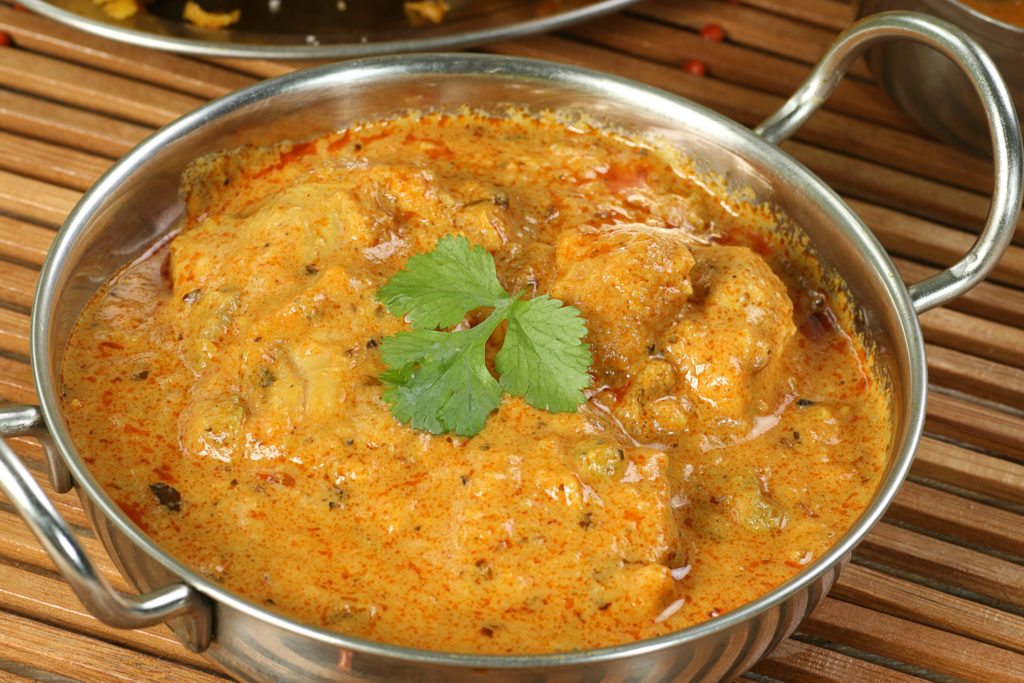
Turmeric powder is used extensively in South Asian cuisine. But it has become a very popular spice to add to American dishes as well. You can almost bet that it is in savory dishes that you order at Indian, Mediterranean and Middle Eastern restaurants. This curry dish looks yummy!
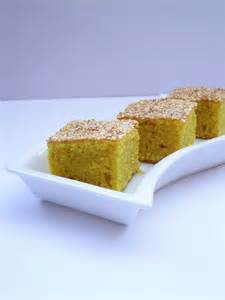
Sfouf
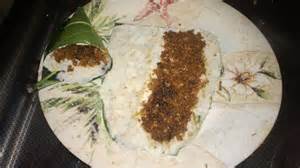
Patoleo
You might, however, be surprised that you will also find it in sweet dishes such as Sfouf (is a sweet almond cake from Lebanon),patoleo (also known as turmeric leaf cakes made from rice, coconut and jaggery), and custard dishes.
Some parts of India (Maharashtra, Goa, Konkan and Kanara) not only use turmeric in the powdered form but also use turmeric leaves to wrap and cook food.
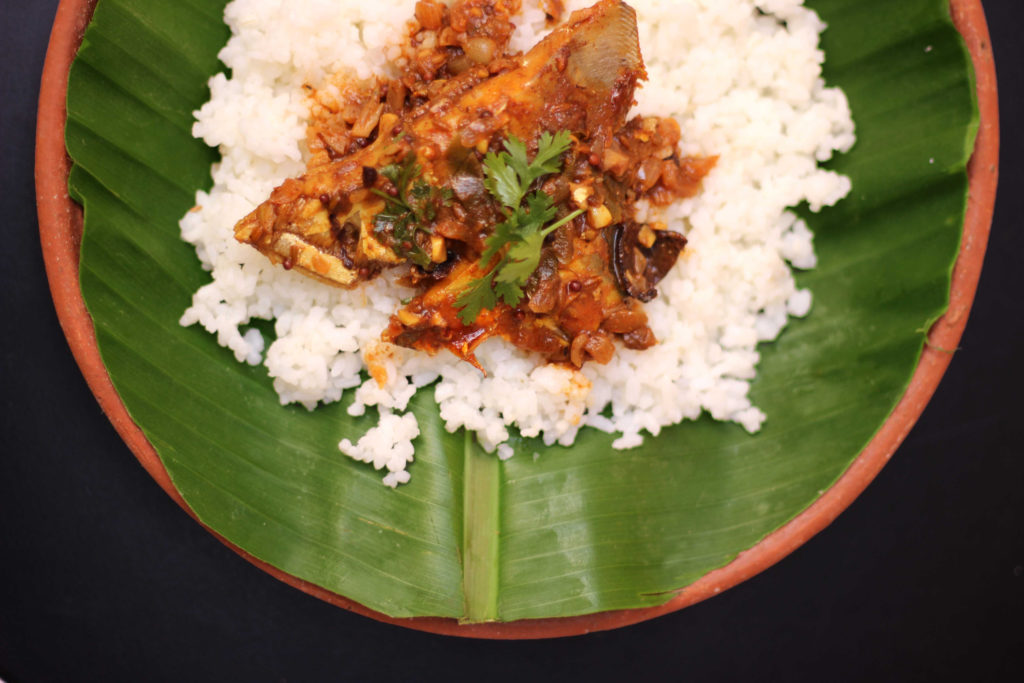
This use of turmeric leaves usually takes place in areas where turmeric is grown locally, since the leaves used are freshly picked. Turmeric leaves impart a distinctive flavor.
Okay, you all know that I am not that great of a cook but even I can work turmeric into my dishes. Tonight I just threw some in my spagetti.
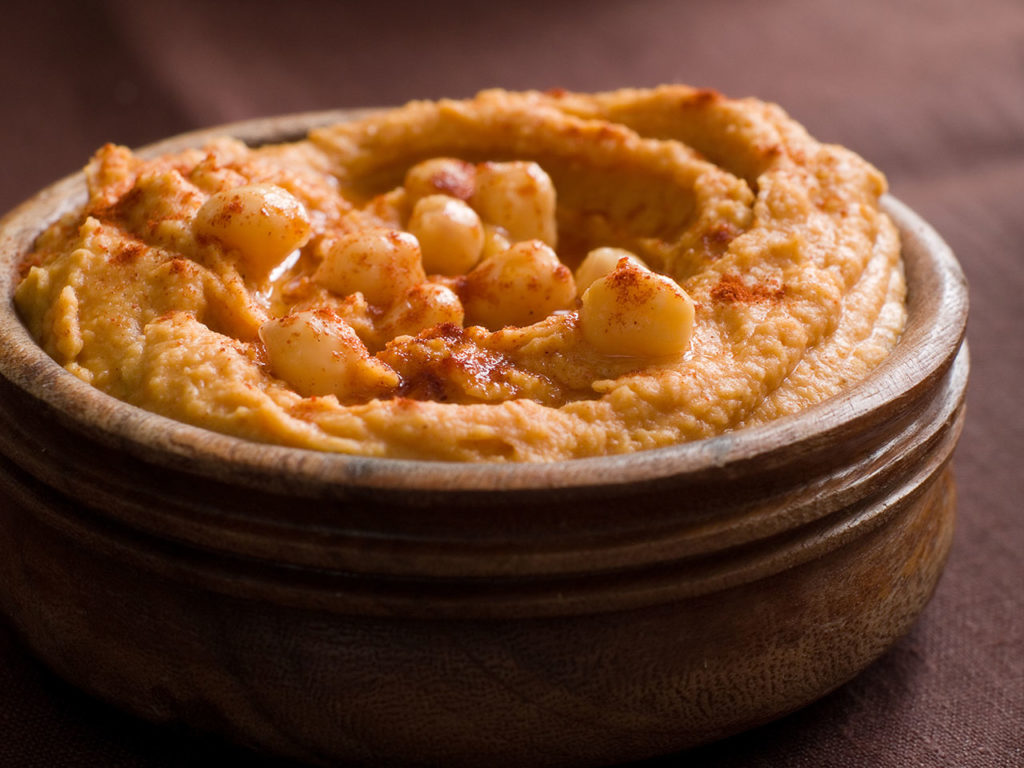
Another great dish to make that is high in protein and is a great snack is hummus.
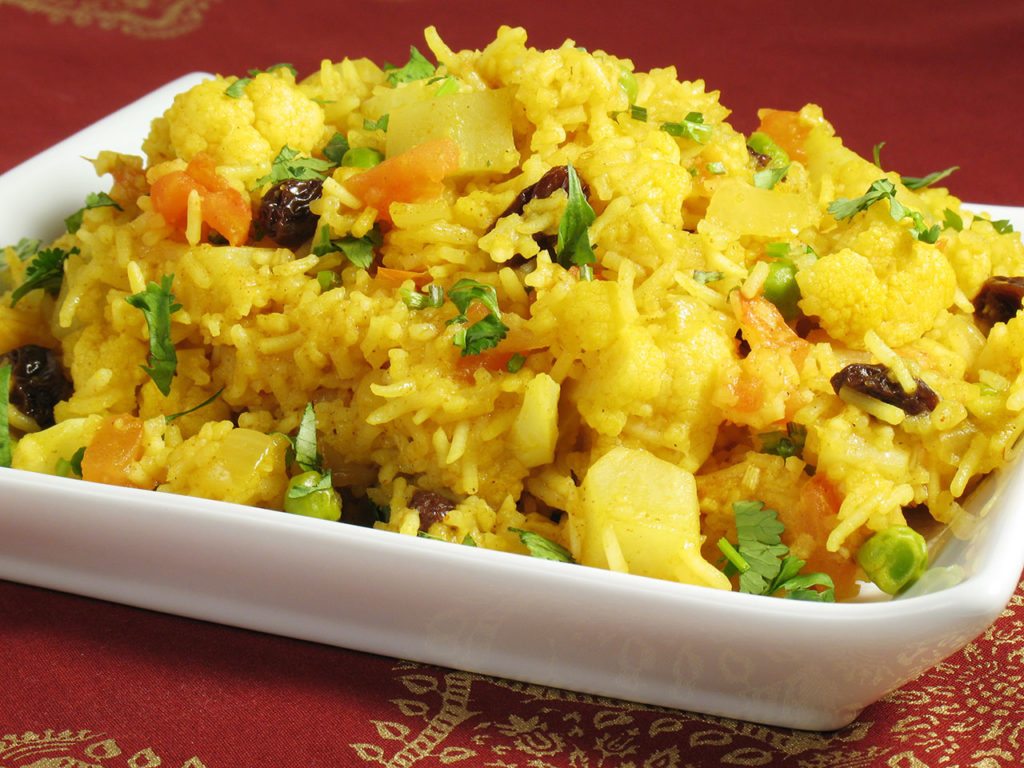
If you want a super easy way to use it, throw it in your rice, or any rice dish. I always season my salmon with turmeric, and a few other spices.
If you have graduated to a little more complicated meal, just cut some vegetables, place them in a zip lock bag with turmeric, salt, pepper, and whatever other spices you want and a little olive oil and place them on a cookie sheet. Cook in the oven for 30 minutes at 375 degrees.
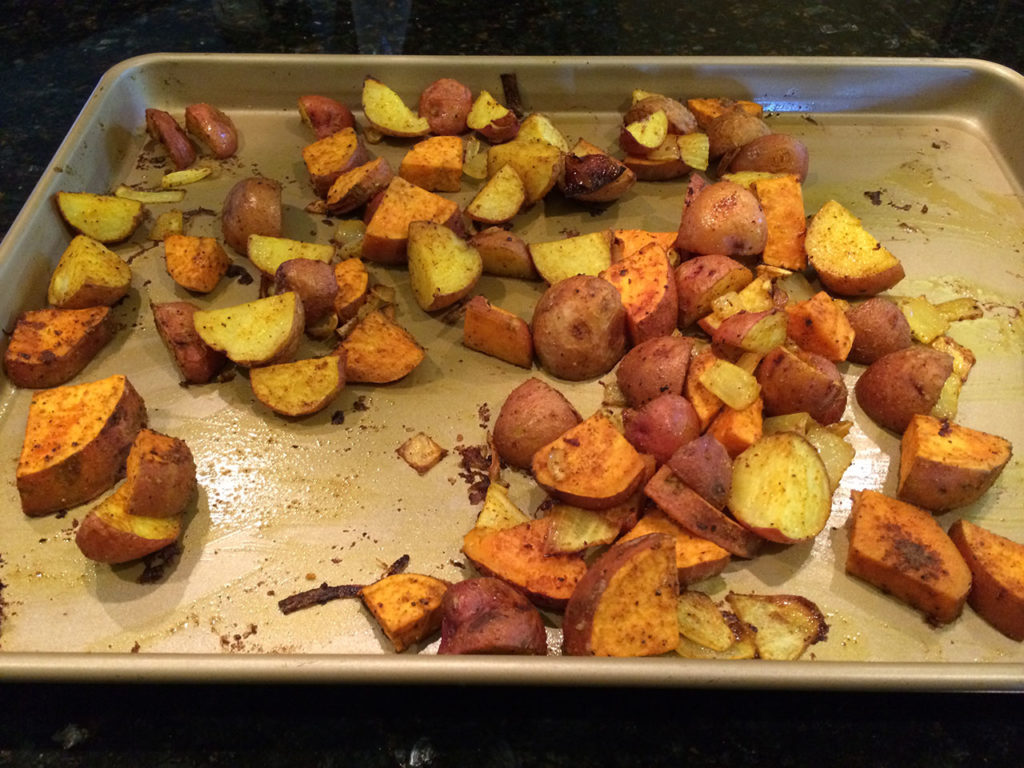
The same idea can lead to a stir fry.
Here is a recipe from Lana Maciel, MD Anderson Staff Writer:
Ingredients:
•3 tablespoons olive oil
•1 teaspoon turmeric
•¼ teaspoon red chili powder
•½ teaspoon salt
•½ teaspoon cumin
•½ teaspoon coriander powder
•½ teaspoon pomegranate seeds
•½ mango powder
•Sliced vegetables such as potatoes, cauliflower, carrots, etc.
•Sliced onions, ginger and tomatoes
Directions:
1.In a small bowl, mix together salt, turmeric, red chili, cumin and coriander powders.
2.On a stovetop, heat the olive oil in a pan. First roast onions and ginger and then add vegetables and spice mix together in the pan and stir until vegetables are coated in spices.
3.Allow vegetables to simmer on low heat for 10-15 minutes, stirring occasionally.
4.Turn off the heat, sprinkle with sliced tomatoes, pomegranate seeds and mango powder and enjoy.
If you cook with turmeric, one teaspoon a day spread-out through all your meals seems to be what is considered sufficient to receive the benefits of this fine spice. If you would rather supplement with turmeric, follow the suggestions on the bottle. You can buy turmeric at John Douillard’s Life Spa website or at your local Whole Foods. You can also buy fresh turmeric at Whole Foods, it looks like this.
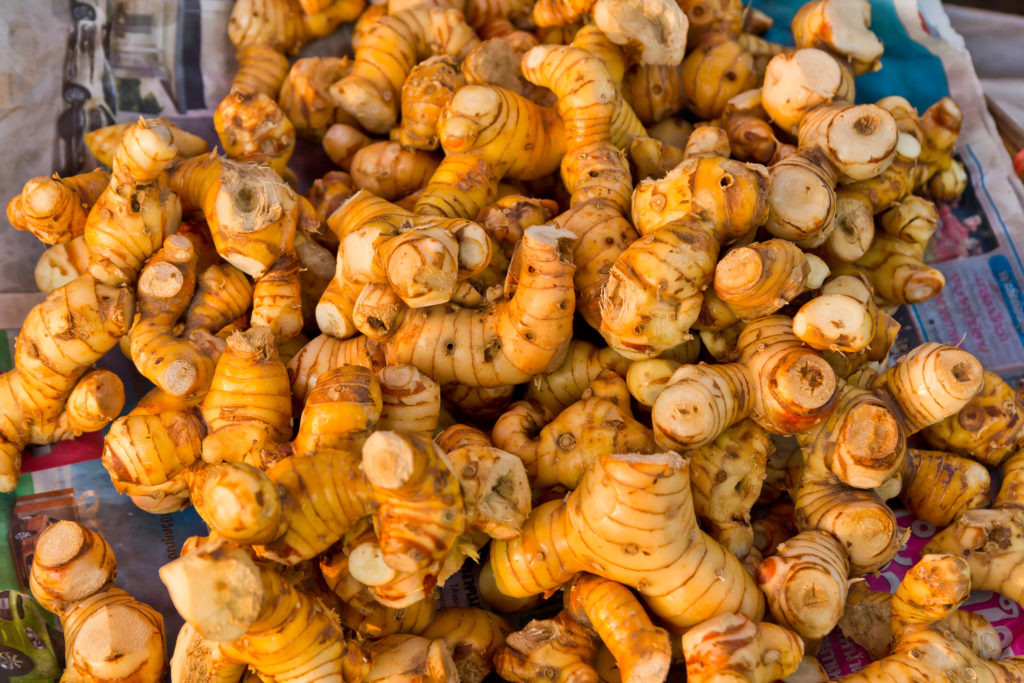
I like to use fresh turmeric (much like how I use fresh ginger) if it is available but also keep the ground form on the counter (remember, next to the salt and pepper!). The turmeric that I buy at Whole Foods is a little more orange vs. the yellowish color in this picture.
Funny story: One evening as I was prepping vegetables, I cut some fresh turmeric rhizomes into dime size pieces along with a half dozen other vegetables. I got drawn away from the kitchen and when I returned continued to prepare the meal. It wasn’t until later in the evening I was thinking about how I didn’t remember seeing the turmeric in my stir-fry. Had I forgotten to cut it up…I remember cutting it up! I questioned my husband the following day to see if he noticed the little orange vegetables in the dinner. He said he ate most of the “carrots’ that had been on the cutting board. Well, this is testament that you can hide turmeric in your food as carrot if you have some resistant eaters at your house.
Don’t think you will eat turmeric? Well guess what! You may already be eating it. Turmeric is found in mustard and gives the yellow color to American cheese. It is also used to color butter, margarine, yogurt, cereals, sauces, gelatins, ice cream, orange juice, canned chicken broth, bread and butter pickles, yellow cake, and popcorn. It is mostly known for being the key ingredient on curry and in spices mixes known as masalas.
Ayurvedic Cooking
In Ayurvedic cooking we want to make sure we deliver all six tastes (Sweet, Sour Salty, Bitter, Astringent, and Pungent) in every meal. We use turmeric as it supplies the bitter, pungent, and astringent tastes with just one spice (sometimes the 3 harder tastes to add to a meal). It is a heating spice thought to help in diabetes. It promotes good digestion. Turmeric increases vata and pitta if too much is consumed, and relieves kapha.
Rich in Tradition

Ground termeric is used widely and often. Here are some farmers bringing their turmeric to market.
Turmeric is considered highly auspicious and holy in India and has been used extensively in various Hindu ceremonies for centuries. Even today it is used in every part of India during wedding ceremonies and religious ceremonies.

Turmeric has played an important role in Hindu and Buddhist spiritualism. At one time the robes of the monks were colored yellow, by being dyed using turmeric. Here is a picture of some Buddhist monks in yellow robes, however I doubt that they are still dyed with turmeric even though the color match is perfect.

It is also seen in mythology of ancient Tamil religion as a representation of the color of the sun. We also see the color yellow in the solar plexus chakra which in the Tamil Siddha medicine relates to the metabolic and digestion systems. The color orange is tied to the sacral chakra and the reproductive system.
The plant is used in Poosai, a religious ritual that every individual perform on various occasions to pray or show respect to their parents, elders, chosen Gods or Goddesses, so as to seek their blessings. It represents a form of Kottravai (one of the goddesses of Tamil Nadu.) who is said to reside on this plant as herself.

During the Tamil festival Pongal, as an offering to the Sun god, Suryan, a whole turmeric plant with fresh rhizomes is offered as a thanksgiving. Pongal is the only festival of Hindu that follows a solar calendar and is celebrated on the fourteenth of January every year. Pongal has astronomical significance: it marks the beginning of Uttarayana, the Sun’s movement northward for a six month period. In Hinduism, Uttarayana is considered auspicious, as opposed to Dakshinaayana, or the southern movement of the sun. All important events are scheduled during this period.
As a part of the Tamil marriage ritual, Thali necklaces are made (the equivalent of wedding rings in western cultures). Thali necklaces are made from dried turmeric tuber tied with string.

In The History of Mankind, by Friedrich Ratzel, reported in 1896 that in Micronesia the preparation of turmeric powder for embellishment of body, clothing and utensils had a highly ceremonial character. He quotes an example of the roots being ground by four to six women in special public buildings and then allowed to stand in water. The following morning, three young coconuts and three old soma nuts are offered by a priestess with prayer, after which the dye which has settled down in the water is collected, baked into cakes in coconut molds, wrapped in banana leaves, and hung up in the huts till required for use.
So many ways turmeric touches our lives. But just adding it to your meals seems the easiest and most user friendly. And if you aren’t “over” reading about research, I have one more for you. According to a recent “turmeric” web-blast from John Douillard, my idea of replacing your salt with turmeric isn’t that bad of an idea. His blasts recognizes a study from 1998 at St. Johns Medical College in Bangalore, India, where researchers found that turmeric taken with black pepper, both common ingredients in curry, increased the absorption of turmeric an astonishing 2000%, with no adverse effects. Sounds like a really good idea to me.
If you enjoyed this blog, please comment below and or send it onto a friend. Thanks for reading.
